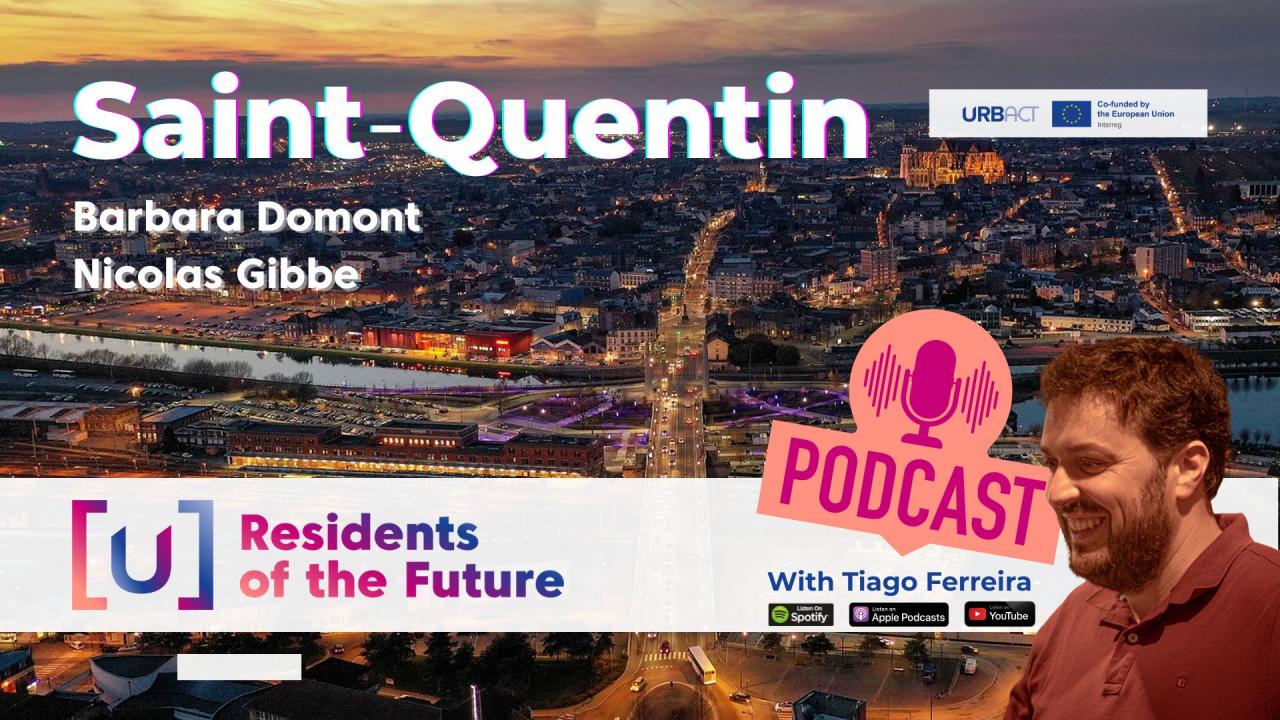Once a strong textile and industrial centre, Saint-Quentin lost around 20,000 inhabitants compared to its peak in the 1970s. Factory closures, offshoring and job losses left not only physical brownfields but also what the guests describe as “scars” in the collective memory. For many long-term residents, the reference point is still the era of large factories and mass employment, which colours how they talk about the city today. This gap between past perceptions and present reality is one of the key challenges highlighted in the podcast.
At the same time, Saint-Quentin has quietly built up a set of assets that contradict the narrative of decline. The city has invested in higher education to retain students, developed a stronger cultural scene and placed clear emphasis on everyday quality of life. Nicolas describes a daily routine that is almost entirely walkable, crossing major parks to bring his children to school and reach his workplace on foot. Saint-Quentin is also unusual in having a nature reserve within the urban core, reinforcing the link between green spaces and liveability.
Within the URBACT Residence of the Future project, the local group used this foundation to test new approaches. One of the most symbolic actions has been the creation of micro-forests on former industrial sites, co-designed and planted with schools and the university. These small but visible interventions combine biodiversity, climate adaptation and citizen participation, and are now informing plans for larger “urban forests”.
The Integrated Action Plan discussed in the episode sets out several “game changer” projects: the transformation of an unused Art Deco landmark into a hotel and rooftop venue; the long-term regeneration of the harbour area with renaturation and leisure functions; a more structured welcome and support hub for newcomers; and the development of “RoboNumérique”, a local ecosystem for robotics and digital industries centred around the new Totem RoboNumérique facility.
Together, these elements sketch a picture of a city that acknowledges its shrinking demographics but refuses to define itself solely by loss. Saint-Quentin instead focuses on realistic strengths: walkable urban structure, green assets, targeted economic niches and a more open dialogue with residents about their city’s future.


